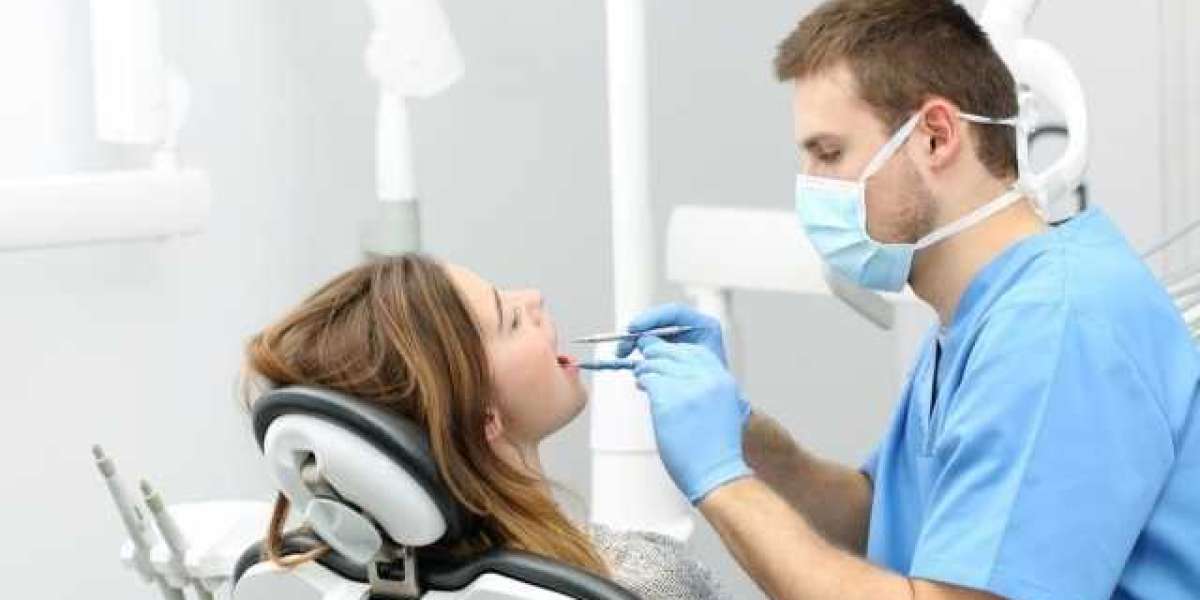If you're considering Invisalign treatment, there are a few things to know before starting. However, there are no age criteria on who is eligible to start Invisalign in Dallas. Invisalign braces may be effective if you have significant gaps between your or crooked teeth. Let's explore the things you need to know before starting the Invisalign.
- Invisalign is suitable for most dental cases: if you are considering Invisalign, it's essential to know that treatment is suitable for a wide range of dental cases. Whether you have misaligned teeth or more complex dental problems, Invisalign can help you achieve straighter teeth.
- Invisalign is nearly invisible: one of the great things about Invisalign is that you can straighten your teeth without anyone letting you know that you are experiencing treatment to straighten your teeth.
- You must be able to follow strict guidelines: to achieve good results with Invisalign, you must be willing to follow strict guidelines. This includes weaning your aligners for 22 hours a day and only removing them when you eat or drink, brushing your teeth, and cleaning your aligners. If you cannot commit to these guidelines, Invisalign may not be your right choice.
- It can be painful: In most cases, each time you start wearing a clear aligner, the first few days will be uncomfortable, as your teeth must move to fit this aligner. This is normal and should be subside within a few days. Your teeth may be sensitive when eating, so although you don't have any food limitations that you may otherwise have with traditional metal braces, you may stick to softer food at the beginning of a new aligner due to discomfort.
- You may have difficulty in speaking: When you start weaning Invisalign, you may have trouble speaking clearly and may develop a lisp. This is because your tongue must get used to clear aligners in your mouth. However, this should be temporary and will improve within one week or two weeks.
- You should always have your aligner case with you: To keep your aligners clean, you should always carry your aligner case with you when you leave the house. This way, if you need to remove your aligners for any reason, you can put them in the case and prevent them from getting broken, dirty, or lost. Having the case can also enable you to remove your aligners more discreetly, which can be embarrassing for some.
- A retainer must be worn after treatment. As with braces, you must wear a retainer after your Invisalign treatment to ensure your teeth are in their correct position. Wearing a retainer is typically only required at night and can be removed during the day.
- You will need to see the dentist regularly: Throughout your treatment, you will need to see your dentist in Dallas every few weeks for checkups. This is to monitor your progress and ensure you achieve the desired results.
In conclusion, Invisalign is a great way to achieve a beautiful smile, but the timeline will differ from person to person. This is why you should consider a consultation with your orthodontist.







